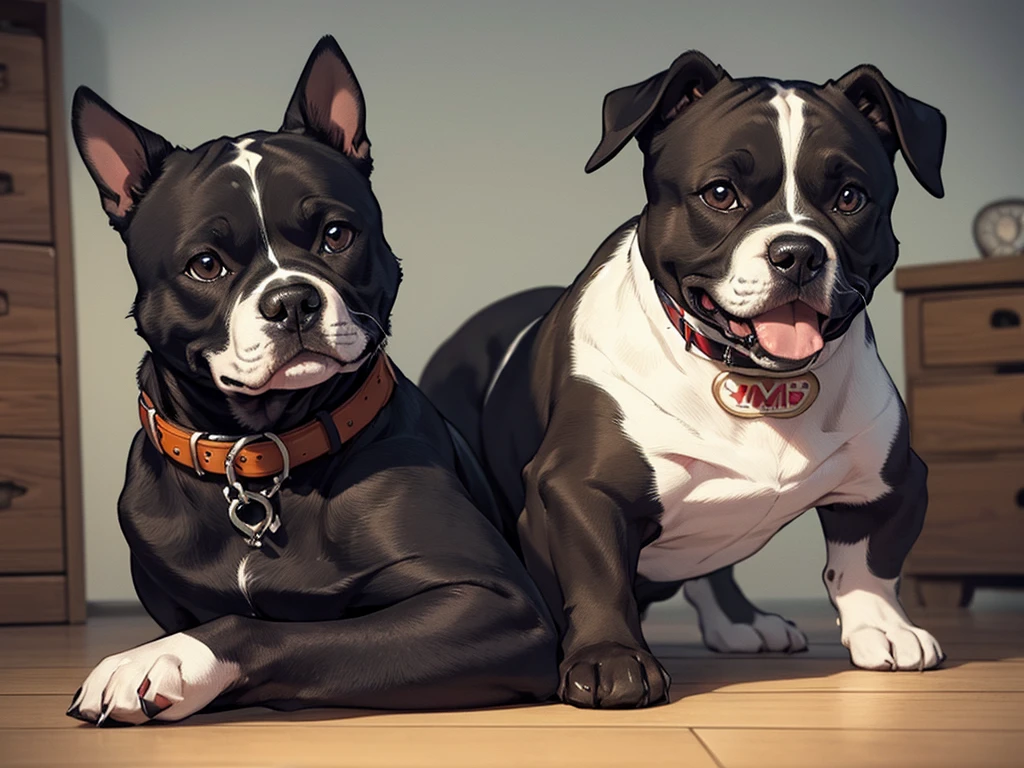A breed with a silky white coat and a charming personality, the Maltese boasts a history as rich as its coat. Its existence dates back at least 29 centuries and is shrouded in a bit of mystery about its exact origins.
Theories point to ancient ancestors. Some suggest Spitz-like Swedish dogs, while others claim the Tibetan Terrier is a possible ancestor. Regardless, these early relatives were considerably larger.
Old Admiration
The Maltese has the honour of being one of the oldest dog breeds ever documented, with an estimated origin dating back to 6000 BC. These “dogs of Melitaie”, named after the island’s historical nickname, are said to have originated in Malta according to Greek and Roman mythology. However, according to some evidence, they might have originated from a Spitz-type dog that migrated to Malta through breeding in south-central Europe.
From this trading center, the Maltese set out on a journey across the ancient world. Caravans took them to the far reaches of civilization as far away as the Middle East, Tibet, China, the Philippines, and even Japan.
Early Evidence of the Maltese
The earliest known depictions of Maltese dogs appear on artifacts from Fayum, Egypt, dating from 600 to 300 BC. These images suggest that the ancient Egyptians revered the Maltese.
Greek pottery provides further evidence of the breed’s history. Vases discovered at Vulci, estimated to date to around 500 BC, depict the Maltese.

The Maltese in Ancient Literature
Important figures from antiquity have documented the Maltese. Greek and Roman philosophers, poets, and historians such as Aristotle, Callimachus, Aelian, and Pliny the Elder wrote about the breed. Even Roman dignitaries, including Emperor Claudius and Publius, the governor of Malta, kept the Maltese company.
Through the Ages
The Maltese emerged unscathed from the Middle Ages and retained their status as a prized possession. The sick found comfort by placing the Maltese upside down or on their chest, earning them the nickname “The Comforter.” Queen Elizabeth I and Mary, Queen of Scots, were notable Maltese owners during England’s Elizabethan era (late 16th century).
A Separate Breed
From the mid-19th to early 20th century, there was a lively debate among dog experts about the Maltese’s ancestry. English dog lovers, impressed by its terrier temperament and fearless spirit, argued for its inclusion in the terrier family. Others, citing its body type and coat, argued for a connection to the spaniel.
Today, the Maltese continues to win hearts with its elegance, intelligence, and dedication. Its long history serves as a testament to its enduring charm, which has traveled from ancient times to become beloved companions in our modern world.



